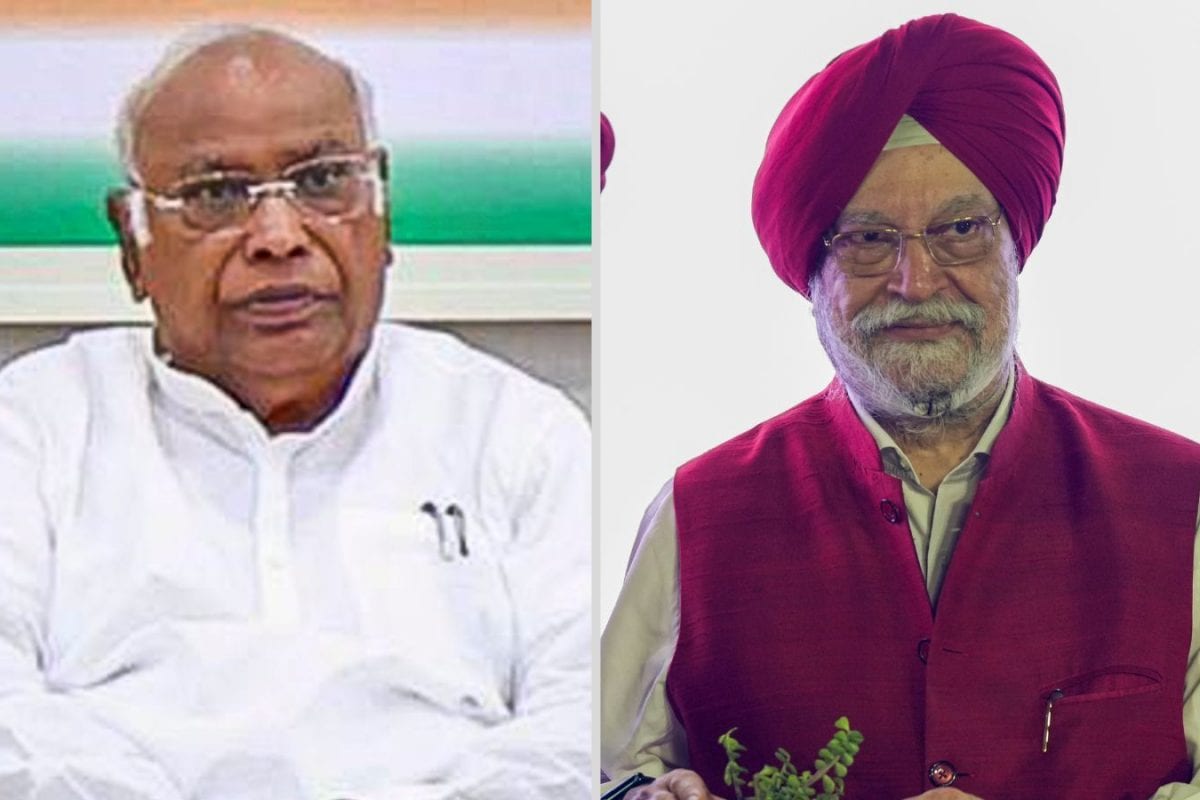

Several prominent members of the Rajya Sabha, including Mallikarjun Kharge, Hardeep Singh Puri, and Ranjan Gogoi, are scheduled to retire next year, setting the stage for potentially significant changes in the composition of the Upper House of Parliament. The 2026 Rajya Sabha elections will occur as part of the routine six-year cycle, involving elections by State Legislatures to fill 75 of the 245 seats. Of these, 233 are elected by state legislators, and 12 are appointed by the President of India.
Key Retirements and Their Impact
2026 Rajya Sabha Elections: A Detailed Overview
The 2026 elections will involve multiple states and union territories, with seats falling vacant across various states like Maharashtra, Odisha, Tamil Nadu, West Bengal, Assam, Bihar, and others. These elections are crucial for maintaining the balance of power in the Rajya Sabha, where states are represented, and legislation can be influenced.
Political Dynamics and Future Implications
The AIADMK has announced that it will allocate a Rajya Sabha seat to the DMDK in 2026, indicating strategic alliances are being considered for the upcoming elections. DMK's Tiruchi N. Siva has emphasized the ideological importance of the 2026 Assembly elections, framing it as a battle to protect Dravidian ideology.
Historical Context and Significance
The Rajya Sabha has seen several prominent figures from various fields, including law, politics, and diplomacy. The nomination of former Chief Justice Ranjan Gogoi to the Rajya Sabha sparked debate, with some questioning the convergence of the judiciary and the legislature. However, there are instances of judges entering politics post-retirement, including those who have contested and won elections.
The upcoming Rajya Sabha elections in 2026 will be vital in shaping the composition of the House and influencing the course of Indian politics. With key members retiring, the elections present an opportunity for various parties to strategize and consolidate their positions in the Upper House.